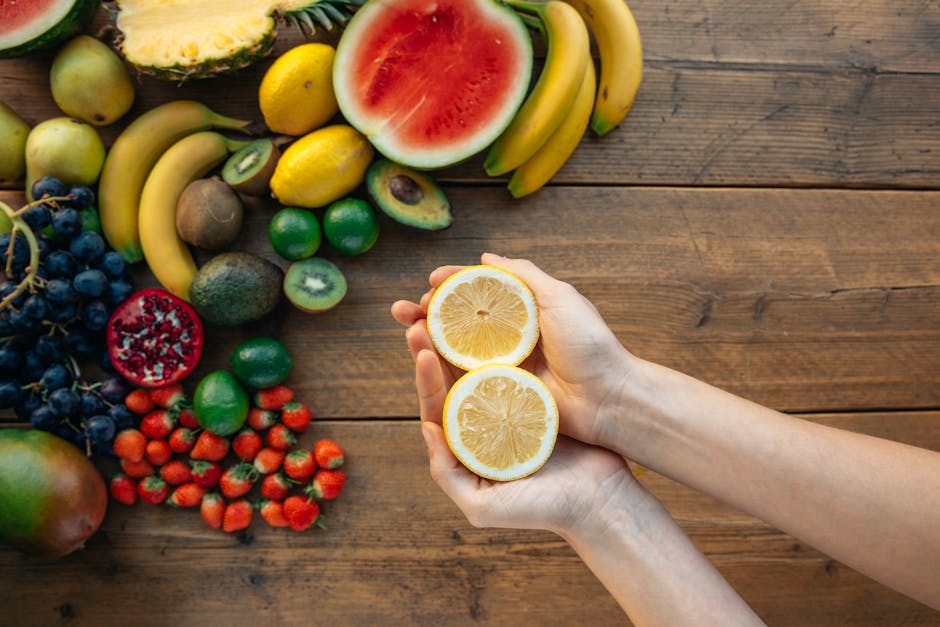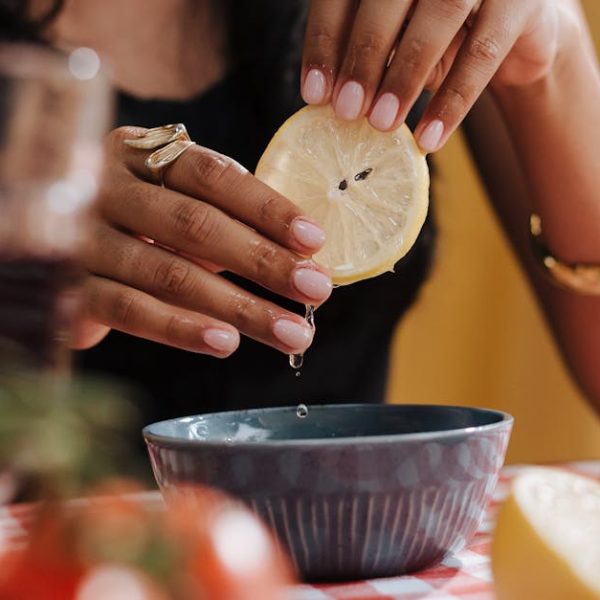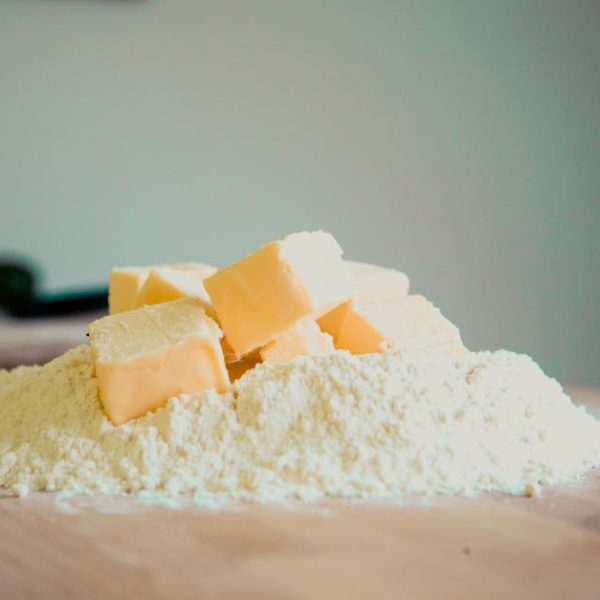Nothing says summer like the sweet taste of a juicy watermelon. But trying to savor that luscious, red fruit for longer can feel like you’re racing against time. Before you know it, that once crispy and vibrant melon turns mushy and bland. Fortunately, there are several clever hacks to preserve the freshness of your watermelon. Here are four brilliant methods that will help you keep your watermelon fresh longer.
Choosing the Right Watermelon
Begin by selecting a ripe watermelon. A watermelon that is neither overripe nor underripe will last longer in storage. Identifying a ripe watermelon involves looking out for several visual and physical clues. Opt for a watermelon with smooth skin and a nice, uniform shape. An important tip to remember: your future watermelon should have a creamy yellow field spot. This spot indicates where the watermelon was resting on the ground as it ripened under the sun. An absent or white spot could hint that the fruit is underripe.
An ideal watermelon also possesses a dull appearance. If your melon is shiny, it’s likely underripe. Another trick lies in the sound the fruit makes when you give it a knock. A ripe watermelon will emit a dull thud due to the sugar that has seeped deep into its rind, contributing to its long-lasting freshness when stored appropriately.
Proper Storage Techniques for Whole Watermelons
Next, consider proper storage techniques. Opt to keep your whole watermelon in a cool, dark place. Unlike many fruits, watermelons fare better when stored at room temperature. However, there’s a caveat: this only applies if your room temperature is not excessively high. If the temperature in your room exceeds 32°C (90°F), it’s better to store the watermelon inside the fridge.
How to Store Cut Watermelon
The process of storing cut watermelon differs slightly from storing whole melons. Cut watermelon should be properly wrapped with cling film or beeswax wraps and refrigerated immediately. This is a crucial step in slowing down the fruit’s natural spoilage process.
Remember to use your cut watermelon within 3 to 4 days to ensure you’re enjoying it at its peak freshness. Even with refrigeration, the risk of potential foodborne illness increases the longer the fruit is kept. Therefore, make a checklist to remind yourself: wrap well, refrigerate within two hours of cutting, and consume within 3-4 days for the best experience.
Extending the Life of Watermelon through Freezing and Preservation
Freezing and preserving your watermelon can extend its shelf life, albeit with slight alterations to its texture or taste. To freeze watermelon, cut it into cubes and store in an airtight container or a freezer-friendly bag. This method significantly lengthens the fruit’s life but can result in a softer texture when eaten. Alternatively, you can preserve watermelon by making jams, pickles, or jellies. Though the taste changes, it’s a delightful way to enjoy watermelon year-round. You can use these preserved treats in a variety of recipes and drinks, adding a summery touch even in cooler seasons.
Pros and Cons of Freezing and Preservation:
| Method | Pros | Cons |
|---|---|---|
| Freezing | Extends shelf life significantly | Alters texture making it softer |
| Preservation (Jams, Pickles, Jellies) | Keeps for an extended period Can be used in various recipes |
Taste is altered from fresh watermelon |
Tips to Avoid Wasting Leftover Watermelon
Finally, if you have more watermelon than you can consume, there are creative ways to avoid wastage. Use leftover watermelon in salads, smoothies, or even grill it for a unique take on this summer staple. Experimenting with a variety of watermelon recipes ensures every piece of your watermelon gets used up and savored.
Sharing is another excellent way to ensure no watermelon goes to waste. Offer slices to your neighbors, friends, or family. If all else fails, composting is a responsible way to dispose of your watermelon waste. It benefits your garden by nourishing the soil, plus it’s an eco-friendly option.
The Ultimate Checklist to Avoid Wasting Leftover Watermelon:
- Create salads and smoothies
- Grill for a unique twist
- Experiment with various recipes, like watermelon gazpacho or salsa
- Share with neighbors, friends, or family
- Compost the leftovers
In conclusion, keeping your watermelon fresh doesn’t need to be a daunting task. From selecting the right watermelon to implementing strategic storage and preservation methods, you can prolong the life of your watermelon. Also, remember to explore various recipes and be kind to our planet by sharing or composting any leftovers. Savor the taste of summer for a little bit longer with these simple, brilliant hacks.
Key Takeaway:
- A ripe but not overly ripe watermelon stays fresh longer. It can be identified by smooth skin, uniform shape, a dull appearance, a yellow field spot, and a dull thud when knocked.
- Whole watermelons survive better at room temperature unless it exceeds 32°C.
- Cut watermelon should be wrapped correctly, refrigerated immediately, and consumed within 3-4 days.
- Freezing and preserving watermelon extends its life, but may alter its taste or texture.
- Leftover watermelon can be utilized in various recipes, shared with neighbors, or composted to avoid waste.
In the spirit of enjoying a prolonged watermelon season, remember these clever tips will significantly enhance your watermelon’s lifespan. Enjoy its juicy flavor and keep it fresh in creatively resourceful ways. After all, making the most out of every slice is part of the fun!
FAQs
Q: Can whole watermelons be refrigerated to prolong their freshness?
A: While refrigeration can help in case of higher room temperatures (above 32°C), watermelons usually fare better when stored at room temperature.
Q: What’s the best way to store leftover watermelon?
A: Leftover watermelon should be properly wrapped, ideally with cling film or beeswax wraps, and refrigerated immediately.
Q: What changes can I expect when I freeze watermelon?
A: Freezing watermelon extends its shelf life significantly. However, the texture may become softer after thawing.
Q: Can preserved watermelon taste different from fresh?
A: Yes, preserving watermelon in the form of jams, jellies, and pickles alters its taste. But, these preserved forms are extremely versatile in recipes and drinks.
Q: What can I do with watermelon that’s about to go bad?
A: You can use it in different recipes or consider freezing or preserving. Sharing with neighbors or composting are other responsible ways to avoid waste.
Feel encouraged to share this article and browse for more exciting topics on our website!






